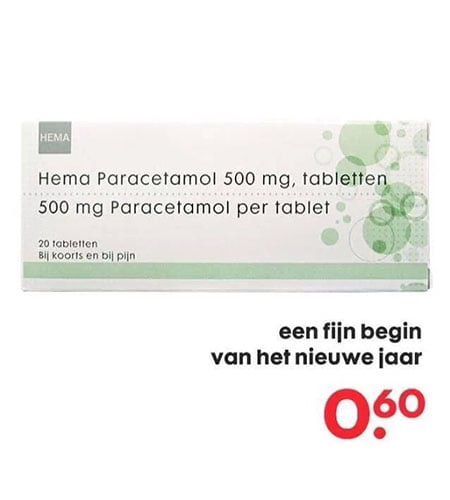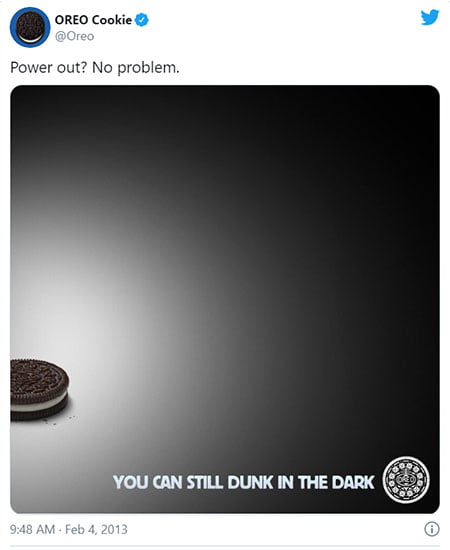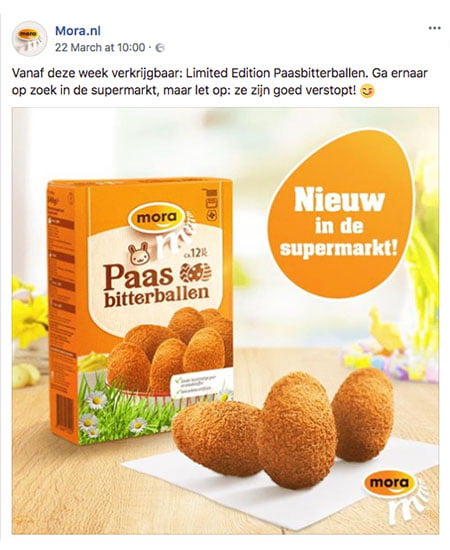In the world of online marketing, it’s all about timing. The right message, at the right time, can make the difference between going unnoticed and going viral. But how can you make sure you always strike at the right time? The answer: a social media calendar. 🗓️
What is a social media calendar?
A social media calendar, also known as a content calendar, or marketing calendar, is a tool that helps marketers keep track of important dates and events. It includes an overview of national and international holidays, events, seasonal trends, and industry-specific milestones. By collecting and organizing this information, marketers can anticipate opportunities and plan strategies to reach their target audience at the right time with relevant content. 🌐
The benefits of a social media calendar
Popular Content 🐝
A social media calendar helps you take advantage of popular and viral content. That’s because you are hitching a ride on the buzz created on the day by dozens, hundreds or even thousands of other organizations.
Consistency 📅
A social media calendar promotes consistency in your marketing strategy. It helps you maintain a regular flow of content, which is essential for building brand awareness and engagement.
Save time 🕒
Planning your social media posts, content and online marketing campaigns based on a social media calendar saves a lot of time and stress. You don’t have to improvise at the last minute; you can determine your approach months in advance. 🕒
More interaction 💬
A social media calendar gives you the opportunity to create content that responds to the emotions, interests and current topics your target audience interacts with. As a result, there is often more interaction with the content.
Measurable 📈
A social media calendar allows you to measure and adjust the results of your marketing efforts. You can analyze which hook-up moments were most effective and which performed less well.
The risks of a social media calendar
Rigidity 🚫
The danger of a social media calendar is that you can be too focused on the schedule you have already made. It is important to remain flexible and respond to unexpected events or opportunities. If you stick too strictly to your calendar, you risk missing opportunities or appearing irrelevant when unexpected events occur.
Abundance of content ⚠️
Catching on too much can also work against you. If you always try to connect with current events, you run the risk of bogging down your message in the flood of information. It is important to be selective and only pick up on events that are truly relevant to your brand and target audience.
Misinformation 😒
There are lots of social media moments to choose from. Some hook-up moments are just a little more famous than others. So it is very important to do good research on the background of the event, holiday, special day, milestone or occasion. After all, you don’t want to make the wrong association or give the wrong information. This not only comes at the expense of your trustworthiness, but can also provoke negative reactions.
Examples of brands using social media calendars
There are many great hook-up examples of brands using a social media calendar the right way. Therefore, we highlight some great catch-up examples. ☀️Take advantage of them and get inspired!
Hema
Hema played very nicely on New Year’s Day by making a post about paracetamol. Of course, they weren’t necessarily concerned with selling more paracetamol, but you do draw immediate attention in a fun and recognizable way that gives people a positive association with your brand.


Oreo
Oreo has a history of clever hook-up campaigns, such as their famous “You can still dunk in the dark” tweet during a power outage during the Super Bowl. This tweet went viral and became a classic example of real-time marketing.
WWF
Hook-up moments can also be used very well by nonprofit organizations or to create awareness around social issues. WWF, then known as WWF, gave a good example of this during Carnival.


Mora
Mora responded very well to 2 pent-up moments at the same time, namely when Easter and April 1 fell on the same day. They knew how to attract attention in the right way by making a joke. This ultimately strengthened their brand image.
Tips for your social media calendar
Wondering which hook-up moments are a good fit for your organization? Look up existing social media calendars and write down for yourself which moments are relevant to your industry, organization and target group. Also look at what your competitors are doing and try to remain original. Think about what you can add to your catch-up calendar to reflect what kind of organization you are, what you stand for and what your core values are. For example:
Seasonal promotions 🌞
Plan special offers and content around different seasons, vacations and holidays. For example, if you own a clothing store, you can capitalize on the start of the summer season with summer discounts and style tips.
Branding milestones 🎉
Mark important dates in your company’s history, such as anniversaries or product launches. This can be an opportunity to share your brand story and engage customers in your journey.
Trending topics ✨
Stay on top of current trends and events relevant to your industry. For example, if you are in the tech industry, you can catch up on the launch of new gadgets or software updates.
Content series 📝
Create content series that run throughout the year, for example, “Tip Tuesday” or “Throwback Thursday. This gives you a regular stream of content to keep your audience interested.
Research #hashtags #️⃣
Connect with popular hashtags on social media to increase your reach. If there is a trending hashtag relevant to your brand, use it in your calendar to get more visibility.
Conclusion
Conclusion: a social media calendar is an indispensable tool for effective marketing. 🌟 A well-planned social media calendar can not only improve your marketing results, but also increase engagement with your target audience and strengthen your brand. It is a powerful tool that helps you deliver your message at the right time and in the right way. It allows you to communicate with your target audience in a timely, relevant and consistent manner. Most importantly, however, stay flexible and seize opportunities as they arise. Also, be critical about what catches up suits your organization. After all, it makes no sense to capitalize on moments that are not relevant to your target audience or organization. That can actually be detrimental and is often a waste of your time since there will most likely be little interaction with it.
Need help strategically planning your content?
Sander has 25 years of experience in conceiving and executing branding & marketing campaigns, with content planning being an essential part of it. Are you looking for support and want to know how he can help you? Then get in touch.


